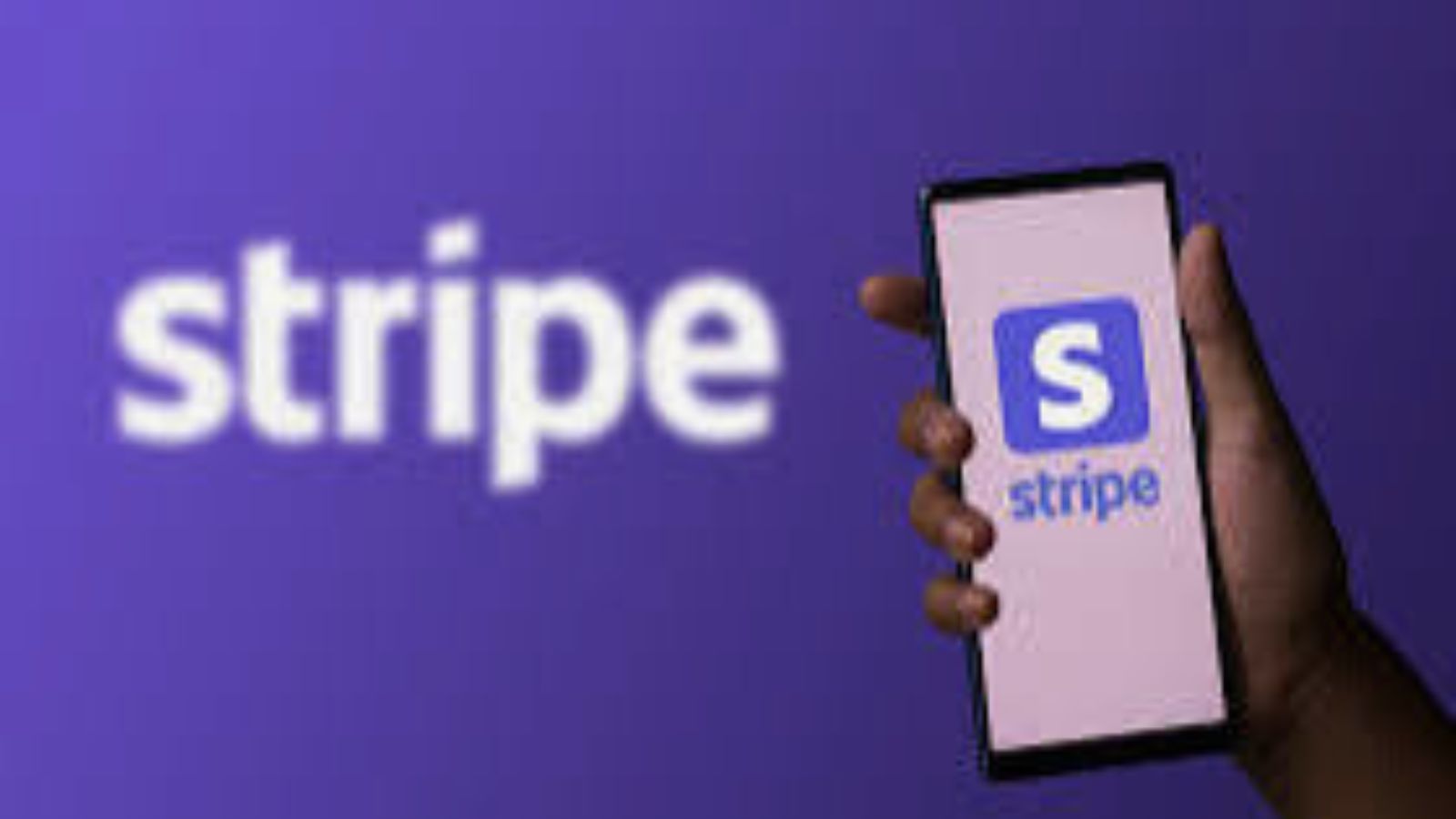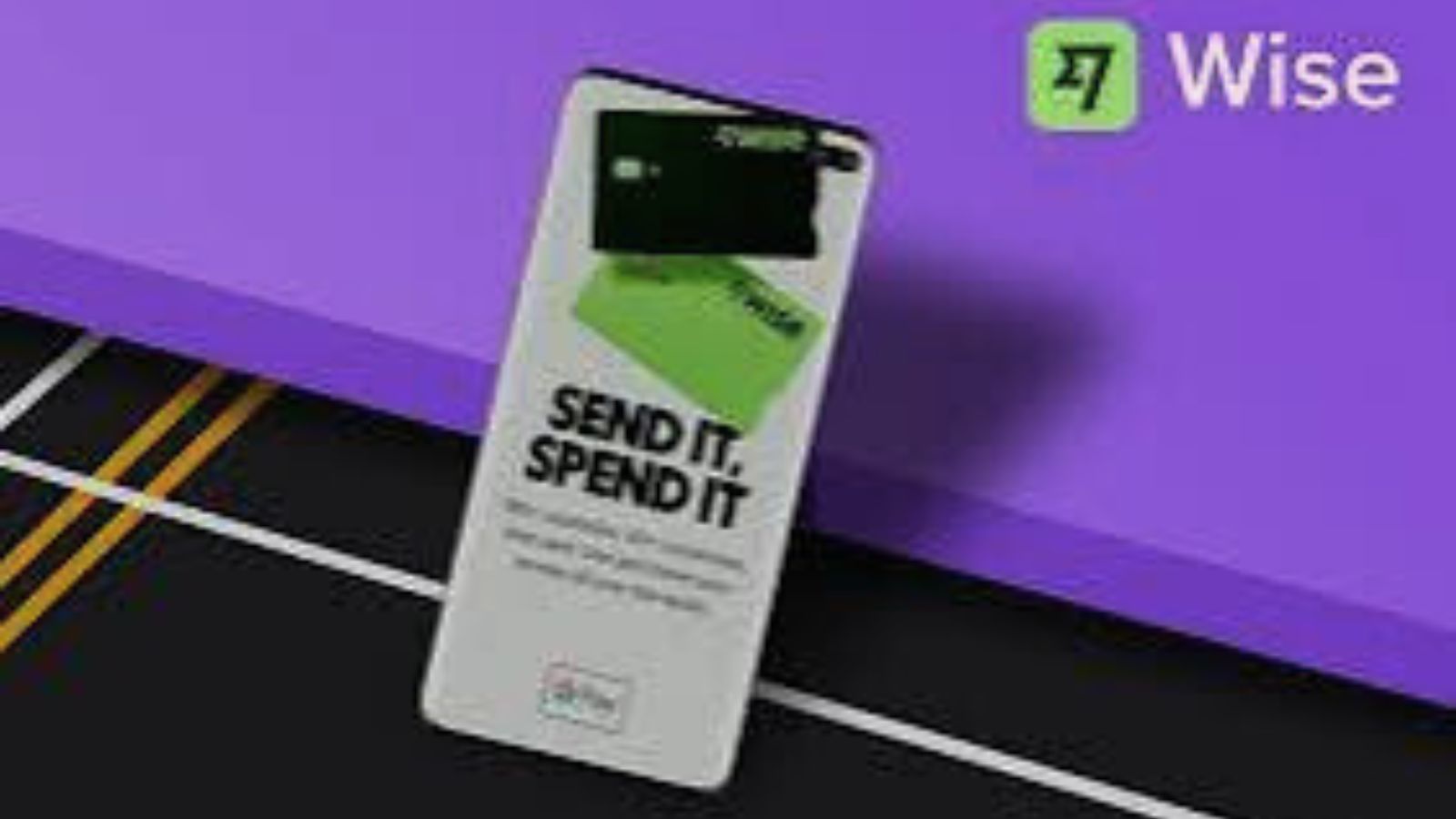For more than two decades, PayPal has been the go-to payment processor for freelancers, small businesses, and everyday shoppers alike. It’s convenient, it feels safe, and it’s accepted almost everywhere, from your favorite online boutique to eBay auctions. But just because it has history and name recognition doesn’t mean it’s the best choice today.
Over the years, PayPal has developed a reputation for surprise account freezes, sometimes hefty transaction fees, and customer support that can feel like talking to a brick wall. These headaches have prompted many people to question whether there are better options available. With the explosion of financial technology companies, the possibilities are now numerous and varied.
If you’ve been frustrated by PayPal or simply curious about what else is on the market, this guide breaks down some strong contenders. We’ll look at how they compare in terms of fees, security, customer service, and overall ease of use. By the end, you might find that switching makes sense or that sticking with PayPal isn’t as bad as it seems.
Stripe
Stripe is often regarded as PayPal’s primary competitor, particularly in the online business world. If you’ve ever bought something from a sleek online store and paid without even noticing the transition, chances are Stripe was working quietly in the background.
What makes Stripe appealing is its flexibility. Businesses can customize the checkout process to match their brand, creating a seamless shopping experience that is perfectly tailored. Instead of feeling like you’re getting bounced to a third-party site, payments happen smoothly in the same environment. This reduces friction, which can boost conversion rates.
On the downside, Stripe requires some technical know-how. While PayPal can be set up in a matter of minutes by anyone with an email address, Stripe really shines when a developer is around to fine-tune it. This makes it a dream for medium to large businesses with resources, but perhaps less practical for solo entrepreneurs who don’t want to delve into coding.
Still, Stripe’s transparent pricing and broad global reach make it one of the best alternatives to PayPal for those running online shops. With a transparent fee structure and no surprise holds, it’s an option that has won over giants like Amazon and Shopify.
Venmo
Venmo, also owned by PayPal, has carved out its own identity by blending payments with social media. It’s not just about paying your friend back for pizza—it’s about posting a little note or emoji alongside the transaction that others in your circle can see. Think of it as payments with personality.
For casual users, Venmo feels fun and intuitive. Splitting dinner bills, paying rent to a roommate, or sending birthday money is effortless. It’s especially popular with younger generations who like the added touch of interaction. The fact that it’s free for most peer-to-peer transfers is another bonus.
But Venmo isn’t perfect. Its business uses are limited compared to PayPal, and there are transaction limits that can frustrate people moving larger amounts of money. There are also privacy considerations—while the social feed can be entertaining, it has led to embarrassing overshares. Thankfully, settings can be adjusted to make transactions private.
If you’re someone who primarily uses PayPal to move money between friends or family, Venmo could easily replace it in your day-to-day life. But for professional use, it’s not yet at the level needed to manage serious business transactions.
Cash App
Cash App, developed by Block (formerly Square), takes simplicity to the next level. The interface is clean, uncluttered, and refreshingly straightforward compared to PayPal’s sometimes clunky design. For those who want to send money without bells and whistles, Cash App is a contender.
What makes Cash App stand out is its extra features. Users can buy and sell stocks directly within the app, dip their toes into Bitcoin, or even receive direct deposits from their paycheck. It’s trying to be a mini financial hub rather than just a payment tool.
That said, Cash App has been criticized for customer service issues. If something goes wrong, for instance, you accidentally send money to the wrong person, resolving the problem can feel frustrating. Fraud cases have also made headlines, leading some people to hesitate about trusting it fully.
Still, for its simplicity and added investment options, Cash App fills a space that PayPal doesn’t. If you’re looking for a payment tool that doubles as a lightweight financial app, this one might be worth your time.
Wise
Anyone who has tried sending money abroad through PayPal knows the sting of hidden conversion fees. That’s where Wise, formerly known as TransferWise, comes in. Its entire pitch is transparency: what you see is what you get when moving money across borders.
Wise uses real exchange rates, the same ones you’d find on Google, rather than inflated ones with sneaky markups. That alone saves users significant amounts compared to PayPal or traditional banks. For freelancers working with international clients, this can mean hundreds of dollars saved each year.
The app also makes managing multiple currencies a breeze. You can hold balances in dozens of currencies and switch between them instantly. For digital nomads or businesses working globally, this is a game-changer.
Of course, Wise isn’t perfect either. Transfers can take longer than PayPal’s instant payments, and while the fees are lower, they aren’t always the most cost-effective for small amounts. Still, for anyone regularly dealing with international payments, Wise has proven itself a worthy replacement.
Square
Square isn’t just an alternative to PayPal; it’s a whole ecosystem for small businesses. It started with the now-famous little white card reader that plugs into a phone, allowing even the smallest vendor at a farmer’s market to accept credit card payments. Today, Square offers point-of-sale systems, payroll tools, and even small business loans.
For entrepreneurs, this is incredibly powerful. Instead of patching together different services, Square offers an all-in-one solution that scales with your business as it grows. You might start with the card reader, but later expand into their inventory management or online store builder.
That said, the fees can add up if you’re processing a high volume of small transactions. And while Square is fantastic for brick-and-mortar businesses, it doesn’t always shine in online-only setups compared to Stripe.
Still, Square’s focus on empowering small businesses has made it a favorite among them. If you’re running a café, food truck, or boutique store, it offers more than just payments—it provides a business partner.
Zelle
Zelle operates differently from most payment apps. Instead of holding your money in a separate account, it transfers funds directly between bank accounts, often instantly. If your bank partners with Zelle, you don’t even need to download a separate app; it’s already integrated.
This makes Zelle appealing for those who want to skip the middleman. No balance to transfer, no waiting for funds to clear. If your friend owes you $50, the amount is deposited into your checking account immediately.
But there’s a catch. Zelle doesn’t offer buyer or seller protection. If you send money to the wrong person or fall victim to a scam, getting that money back is nearly impossible. For this reason, it’s better suited for trusted transactions between friends, family, or people you know well.
Zelle may not replace PayPal for business use, but for quick personal payments, it’s tough to beat the speed and convenience.
Conclusion
Switching from PayPal isn’t a one-size-fits-all decision. It depends on how you use it. If you’re a small business with global clients, Wise or Stripe could save you money and headaches. If you’re splitting dinner bills, Venmo or Zelle might be the perfect fit. And if you’re looking for something that combines payments with investments, Cash App has carved its own niche.
PayPal still retains the advantage of brand recognition and widespread acceptance, which is why many people continue to use it. But the financial technology space is brimming with options that can be faster, cheaper, or more fun, depending on your needs.
So, should you switch? The answer isn’t black and white. But one thing’s clear: you no longer have to settle for PayPal’s quirks if they’re holding you back. Today’s alternatives are ready and waiting, and trying them out might change the way you think about moving your money.


